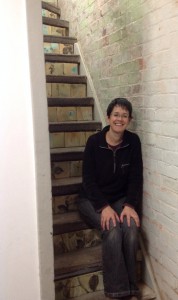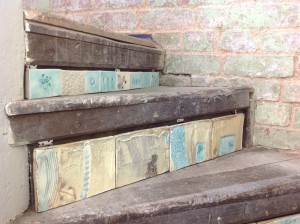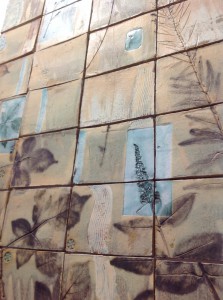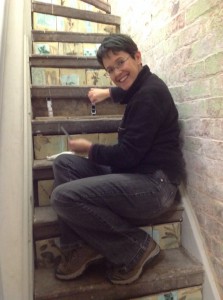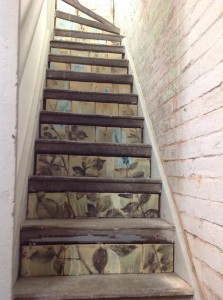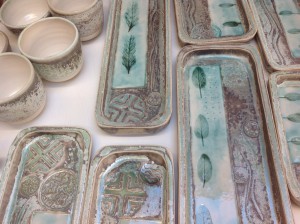The Ornamentum group came out of the meeting of 10 makers from Leicestershire at one of the Design Factory meetings. We decided it was a pretty long way to drive to Sleaford and maybe we could join forces and make some opportunities for ourselves. We decided we wanted to put on group shows, organise mentoring and support for ourselves and host some training events that would benefit not only ourselves but also other local makers. It’s been completely brilliant getting to know the rest of the group and I’ve been very proud of what we’ve achieved so far.
We’ve been putting on themed exhibitions and the title of the latest one was “Regeneration”. This exhibition was in the Makers Yard, which won an award for the sensitive way in which it was restored from an old textile factory into studio spaces for creatives. The title “Regeneration” seemed an obvious choice in this venue and we decided to try and create something specific to this building for the event.
I’d recently got hold of a tin which used to belong to my Granny and it was crammed with old pieces of factory made lace as well as pieces hand made by granny and her sisters, and also possibly some pieces made by her auntie Annie too. I’d always loved lace and it seemed fitting to use some of these pieces in my work to go into an old textile factory.
I’d also been looking at pioneer plants – those plants that grow first in disturbed soil and create an environment that other plants can flourish in too. I remember Granny telling me about Rose Bay Willow Herb which grew out of the bomb sites, much in the way that poppies grew on the Somme. I also decided to use Brambles, Chamomile and Buddleia because of the way they rapidly transform a bleak area and provide a habitat for insects too. I found quite a few of these plants in the garden area at the back of the yard, which had been left to grow wild for a season.
Because the building is listed, I wasn’t allowed to fix the tiles in the normal way so of course it was back to Ian to find a solution to the problem. He came up with the idea of sliding metal “shim” (thin pieces of metal) into the cracks between the risers and the treads and sticking the tiles to these pieces of metal. Genius!
I was really pleased with the finished tiles – the colours worked perfectly with the existing layers of old paint and the dusty bare wood of the staircase, and the image of plants climbing up the risers of the stairs captured the optimism of the piece.
Read More
